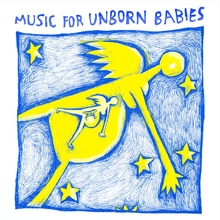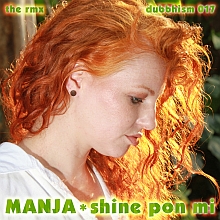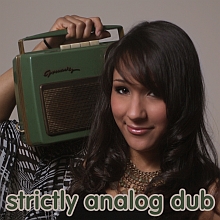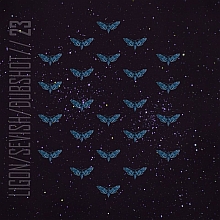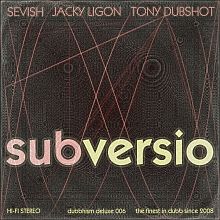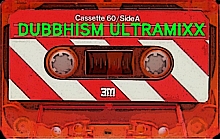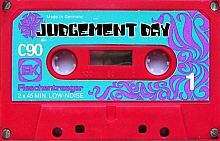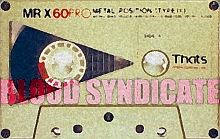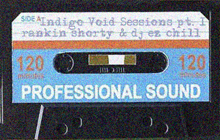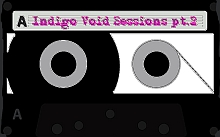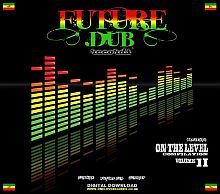
The astrological realm is filled with signs, symbols and stories. Each (semiotic) sign points to a field of potential meanings. Interpretation of signs happens inside the heads of astrologers. They all think differently, and interpretation is a subjective business.
What could possibly go wrong?
1. Interpretation of (semiotic) signs or symbols is a complex process, involving both conscious thought and unconscious 'brain activity'. The outcome may be influenced by personal biases, blind spots, projection, wishful thinking, cultural conditioning and so on.
2. Arguments about the validity of widely used techniques, like for example the tropical vs. sidereal zodiac-debate, demonstrate how hard it is for the astrological community to reach broad consensus.
3. Uncritical use of the popular 10-planets-12-signs-12-houses-template leads to flat interpretations, or worse: map-fallacies.
4. Bad data, looking at the wrong chart and so on.
5. Predicting the future is not easy at all.

Professional astrologers have a pragmatic mindset. They want useful results that are good enough, and they want to get them in a limited amount of time. You can spend 2 minutes, 2 hours or 2 days analyzing a chart. The economic optimum would be to spend a certain number of hours, not days. Analyzing all available astrological information, including fixed stars, asteroids, midpoints and perhaps a few less common techniques will actually take days. That's why many astrologers prefer to stick to a trusted basic repertoire that produces reliable results in a relatively short time. Fair enough.

Intuition
Certain individuals with 'high sensitivity' or a strong intuition have a special talent for the correct interpretation of astrological symbolism. From a pragmatic point of view that's fine. But we have to keep Carl Sagan's aphorism in mind: extraordinary claims require extraordinary evidence. Like a track record of succesful predictions.
Ambiguity vs precision
Astrologers work with a mixed bag of tools. Some are precise, others are relatively ambiguous. In the popular, simplified Western approach the 10 planets, 12 signs and 12 houses all have a fairly broad and somewhat overlapping field of potential meanings. Each planet has a special relation with certain signs and houses that 'resonate' with it. This means that most symbolic ingredients can enter the story via multiple routes, leaving quite a bit of interpretative wiggle room.
On the other hand, most asteroids have a more limited field of potential meanings. If asteroid Lie (26955) is conjunct the Sun in a birth chart, this can roughly point to either a special talent for dishonesty, or being allergic to lies. It would be relatively difficult to discern these qualities using only the popular Western model, even tho Mercury is known for it's ability to speak with a double tongue, and Jupiter has a special talent for bragging and boasting.

Map-fallacies
Some astrologers are obsessed with exact birth times. No problem. Basically they're trying to collect reliable data in order to eliminate certain errors. Others are obsessed with the peculiarities of their preferred map. This can lead to unrealistic claims. For example, the graphical design of a chart may suggest that zodiac signs and houses have clear, unambiguous, straight borders. But unfortunately, one's favorite graphical representation (the map) doesn't necessarily equal astrological reality (the territory). A chart is just a convenient graphical tool for quick assessments. We have 12 equally proportioned signs for ease of use, or perhaps for cultural or numerological reasons. At any rate, treating the graphical borders of houses and signs as meaningful is a potential case of mistaking the map for the territory. (Also, there is no consensus about a preferred or 'correct' sign-system or house-system.) I'm guessing that this kind of reasoning may be a symptom of losing the connection with the sky.

Nowadays, because of light pollution, horizon pollution and so on, most astrologers stare at computer screens instead of observing the sky at night. It seems that something important has been lost. In my opinion astrological order is primarily rooted in physical reality, and secondly in extremely simple mathematical projections (that avoid duodecimal fetishism... 12 is a great number but it has it's limits). I think the visual tradition is very important. As Bernadette Brady has demonstrated, it's perfectly possible to do great astrology using techniques of the Egyptians and the Sumerians. The Hellenistic toolkit is also still valid (altho i suspect that nowadays, Vettius Valens would consider himself a siderealist). And we can tap into the deep wisdom of the Jyotish tradition and get amazing results. But modern city-dwellers who have never actually seen the Milky Way can get lost in digital maps of the cheesy cultural cliches that fuel social media.
Next time we'll look at some geometrical aspects of astrology.


